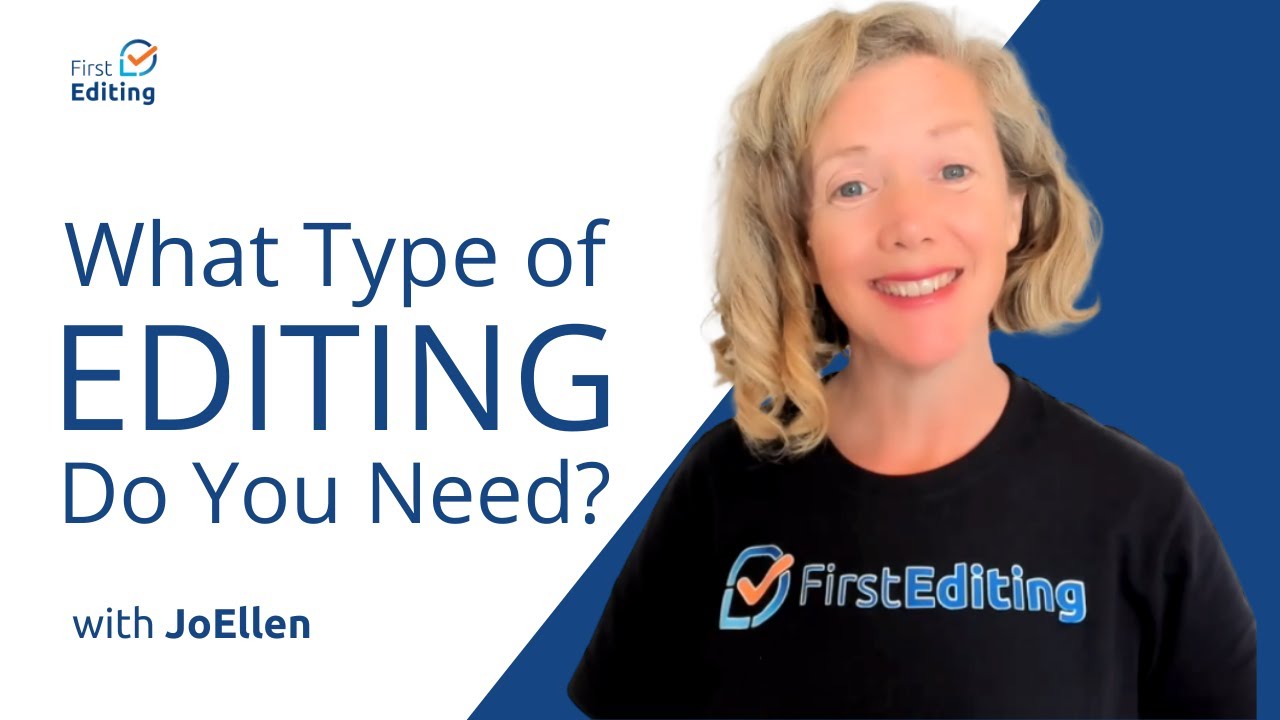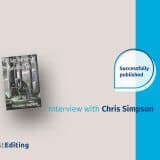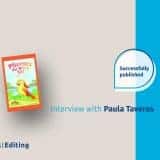
Today, we will talk about taste and how to implement it in a scene, how to make what the character tastes more vivid and alive for the reader. You can’t do it literally, but you can make them think they’re really hungry. Adding the sense of taste to your prose quite literally means creating descriptions that are rich in flavor. When you do this, you bring your reader into the story, and they experience those tastes with the character.
How to use sound to make your scenes better
Just like with the other senses, the taste must be related to the plot. Many writers have scenes in their stories where the characters eat dinner, but the food isn’t really related to the story.
The plot of that scene is just that they’re eating, so it’s quite dull. We all eat dinner every day, so it’s not that fascinating, but if you can relate the taste of the food to the story, it becomes a tool to engage the reader.
Let’s say a couple is having an argument, and the husband is tasting the food and thinking that he’s fed up with his wife. She’s made this fabulous meal, but he just thinks it’s overcooked. To him, it has a burnt, bitter taste. This ties the taste directly to the argument—the more frustrated he gets, the worse the food tastes.
Now imagine a scene with a couple on their first date. Here everything should be sensual, happy, and exciting. Instead of just saying, “They had steak for dinner,” the scene would be much more interesting with a complication thrown in. Maybe one of the characters can’t taste the food—or maybe they’re a vegetarian. That’s a great example because you could have a full-on meat-eater having dinner with a vegan. The tension could be expressed through the way they taste the food.
Another way to use taste is with injuries—the taste of blood in your mouth. If you’ve ever felt extreme fear, what did you taste in your mouth, and did your mouth go dry, or were your lips stuck to your teeth? There are all kinds of things you can do with the taste and touch of fear.
You know you’re on the right track with taste when it elicits an emotional response—if you describe something mouth-watering, for instance, and it makes you drool a little bit, and you’re kind of embarrassed about it because you really want to eat whatever is there. Taste can be a very joyful thing, or it can be a very fearful thing, so you want to figure out how to relate it to the plot and use it to bring out emotion in your reader.
Pitfalls with taste and how to avoid them
When using taste, the most common pitfall is simply stating what a person is eating, like, “Susan ate a lemon.” That is nice, but first, we should wonder why she’s eating a lemon. Let’s just assume there’s a reason in the story for her to eat this lemon. Maybe she’s at a lemon farm.
Instead of saying she ate a lemon, we could say, “As the lemon juice squirted in Susan’s mouth, her cheek sucked inward, her lips pinched outward, and she lowered her head, hiding her expression. Susan’s self-consciousness about her expression tells us something about her, and the concreteness of the description helps us feel her tasting it. Maybe she’s with the lemon farmer, and she has a crush on him, and that’s why she’s eating a lemon, and now she’s embarrassed because she looks so bad. Now the reader wants to know about Susan and the lemon farmer.
Taste and smell are linked, and you can use both senses together. This is a great way to bring in more than one element and add more depth to your scene.
Another pitfall is that the taste is not tied to an emotion. Taste can often trigger memories, and you can also use it with lovers sharing an intimate moment to bring the scene alive. The main thing is that it must be related to the story and not a random description of how something tastes.
As with the other senses, it’s important to keep of list of where they occur. You can also keep track of what they are.
Taste doesn’t have to be in every scene, but it’s good if you can incorporate it along with the other senses.
Try to use a variety of tastes in your story. A lot of novels only use coffee for smell and taste. It’s such a common thing that it’s best to avoid it. That is, unless the story is about murder in a coffee shop. If not, you need to be careful when using coffee because it’s quickly becoming a cliché.
Look at all of the senses together and review all of your scenes. If you need some help with that, then check out StoryTeller with Fictionary. If you need any other help, contact one of our professional editors, and we’ll do our best.
WATCH NEXT EPISODE: Touch – Episode #35
WATCH PREVIOUS EPISODE: Sound – EPISODE #33
RETURN TO THE 38 STORY ELEMENTS










